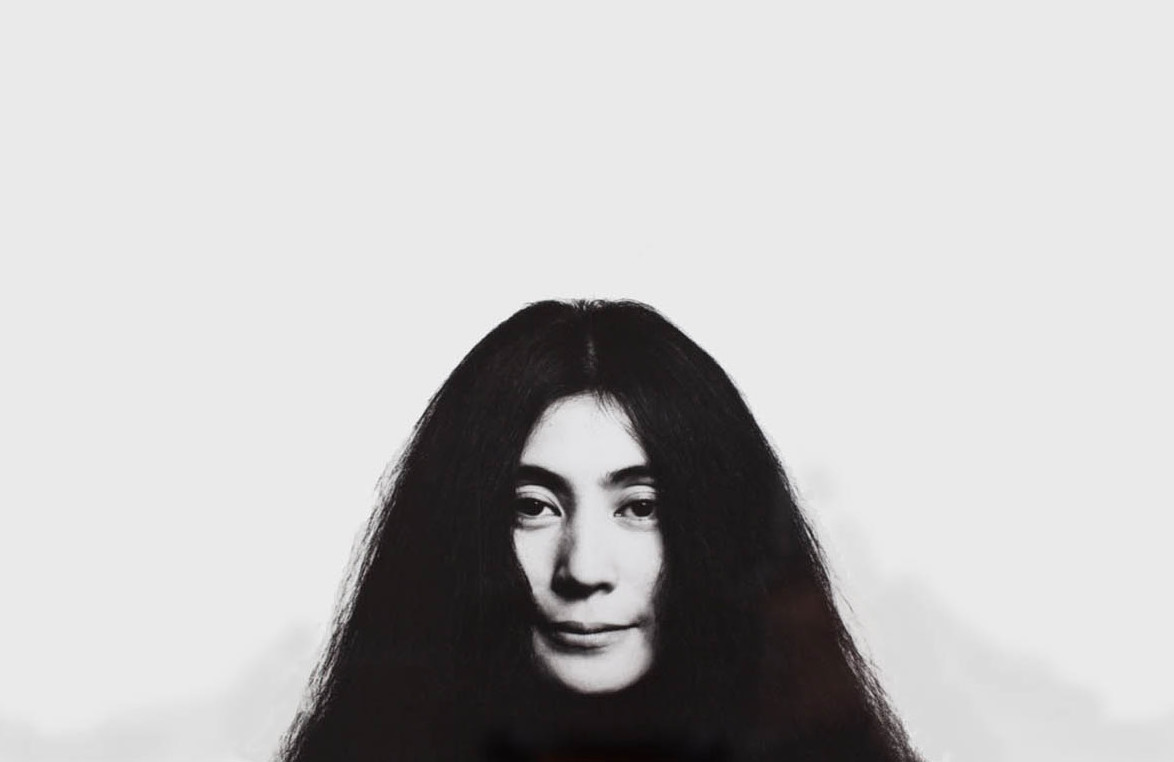

- YOKO ONO GRAPEFRUIT ANALYSIS OF HANDPIECE 1963 SUMMER PORTABLE
- YOKO ONO GRAPEFRUIT ANALYSIS OF HANDPIECE 1963 SUMMER SERIES
But I’d learned from other zinemakers, especially the New Zealand artist Kerry Ann Lee, that zines are by their very nature imperfect, unfinished, rebellious. I was impatient and in too much of a rush to write poetry. I was tired of sticking to boundaries drawn by genre and literary form, which to me felt arbitrary, constraining. I was bored of waiting for someone else’s permission to see my work published. It was called (auto)biography of a ghost. I had copied and pasted ten poems and inserted a photograph of an empty stairwell that I’d taken years before on a digital camera, and switched to black-and-white using Microsoft Word’s picture filters. You place an eraser beneath the spine of your booklet, open a stapler until it’s flat, staple the pages by pressing into the eraser, then use the end of a pencil to flatten the staple. I secretly printed out ten double-sided copies in the printing room of the creative writing department, stapling them down the middle using the zinemaking ‘eraser trick’ which often results in a broken stapler. I made my first zine when I was 21, in the middle of my Masters degree in Creative Writing in my hometown of Wellington, New Zealand. Listen to the sound of the earth turning. Similarly in Grapefruit, the artist speaks to us directly, inviting us into her space and into her world:

YOKO ONO GRAPEFRUIT ANALYSIS OF HANDPIECE 1963 SUMMER SERIES
And in her ongoing installation series Wish Tree, Ono draws on her childhood memory of visiting temples and shrines in Japan Ono chooses a tree native to the site itself and asks viewers to write down a wish and tie it to the tree. With My Mommy Is Beautiful (2017), Ono invited visitors to write down a memory of their mother and stick it to the gallery wall, creating a collaborative, living archive.

Yoko Ono’s recent works have often required this same close, tender attention from the viewer. The poetics of Grapefruit is that of slow, tender attention. How each piece on its own is like a small, floating piece of sky, and how all the pieces together work like a joyful imaginary language consisting mainly of clouds and snow. Grapefruit blurs the boundaries between artist’s book, conceptual art, and poetry.Īfter my moment of discovery I returned the book back to its cabinet but went back to revisit it often.
YOKO ONO GRAPEFRUIT ANALYSIS OF HANDPIECE 1963 SUMMER PORTABLE
With Grapefruit, Yoko Ono translated her art into the affordable, portable form of the book. The original edition was bilingual, with English and Japanese side by side, and a sparse cover with only the word “Grapefruit ” scrawled in handwriting on the side A compilation of miniature “event scores” created by the artist throughout the 1960s, Grapefruit reads like a script for a series of imaginary art pieces. 500 copies were printed and the artist sold them for three dollars each pre-publication, six dollars afterwards. The artist and activist Yoko Ono published Grapefruit under her own publishing imprint, Wunternaum Press, in Tokyo in 1964. Watch snow fall until it covers thirty-three buildings. Scattered across the pages were sparse lines of brief, surreal instructions for the reader. On the cover, a fluorescent image of a grapefruit. The pocket-sized book was square, at least two hundred pages thick, shaped almost like a cube. I reached up to hold the small object in my hands, cradling it gently so as not to put pressure on the spine. All was quiet except for the hum of the air-conditioning unit. I was returning a stack of books to the Rare Books room at the National Poetry Library in London, where I worked at the time. The colour of the book caught my eye: shiny and orange, the colour of sugary juice or of marigolds. Together, our publications want to celebrate the personal and transformative power of art. A new piece will be published every two weeks on both Elephant and Artsy. London: Sphere Books, 1971Įlephant and Artsy have come together to present This Artwork Changed My Life, a creative collaboration that shares the stories of life-changing encounters with art.


 0 kommentar(er)
0 kommentar(er)
